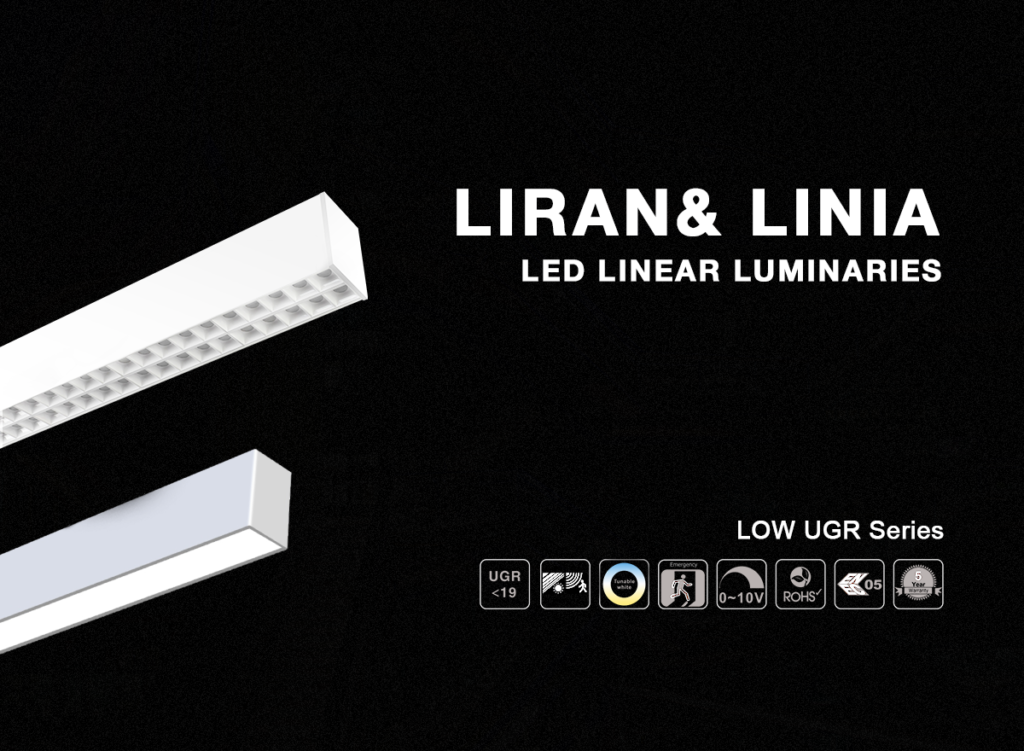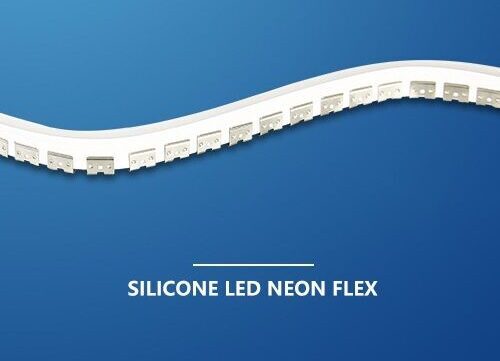LED Flex Neon: Unveiling Innovation in Lighting Technology
Are you intrigued by the cutting-edge advancements in lighting technology? LED Flex Neon is revolutionizing the way we think about illumination, offering not just versatility, energy efficiency, and stunning visual effects, but also a world of possibilities. In this comprehensive guide, we delve into the intricacies of LED Flex Neon, exploring its features, benefits, applications, and why it’s a game-changer in the lighting industry. Understanding Flex Neon: What Sets It Apart? LED Flex Neon is a flexible lighting solution that combines the benefits of LEDs with the classic appeal of neon lights. Its prepared using a unique process that involves [X], resulting in a product that is durable, bendable, and customizable to fit various shapes and designs. Its versatility makes it a favorite among designers, architects, and businesses looking to create eye-catching lighting installations. Advantages of LED Neon: Efficiency Meets Aesthetics Safety: LED Neon is a safe choice, unlike traditional neon lights that use hazardous gases. It’s non-toxic, poses no risk of leakage, and is environmentally friendly, ensuring peace of mind for all users. Applications of Flex Neon: Where Innovation Meets Design Why LED Flex is Essential for Modern Lighting Solutions LED Flex is a frontrunner in modern lighting solutions in a world where sustainability, efficiency, and aesthetics converge. Its ability to blend energy efficiency with stunning visual impact makes it a versatile tool for architects, designers, businesses, and enthusiasts. Enhanced Features of Flex Neon Practical Considerations for LED Flex Projects When planning LED installations, several factors should consider: Maintenance Plan: Develop a maintenance schedule to ensure optimal performance and longevity of LED Neon installations. This may include regularly cleaning the LED Neon surface with a mild detergent and water, and replacing individual LED modules as needed. However, maintenance requirements are generally minimal due to the technology’s durability and long lifespan. Conclusion As we conclude our journey into the world of LED Flex Neon, it’s clear that this innovative lighting technology has the power to transform spaces, offering a harmonious blend of functionality and aesthetics. Whether it’s illuminating a commercial space, adding ambiance to your home, or creating immersive experiences, LED Flex Neon is a beacon of innovation, turning ordinary spaces into extraordinary light spectacles. FAQs Q: Is LED Flex Neon suitable for outdoor use? A: Yes, It is designed to withstand outdoor conditions, making it an excellent choice for architectural lighting, signage, and landscaping. Q: How does Flex Neon compare to traditional neon lights in brightness? A: LED Flex Neon is comparable to traditional neon lights in brightness while offering the added benefits of energy efficiency and durability. In fact, It can be up to [X] % brighter than traditional neon lights, making it a more impactful lighting solution. Q: Can LED Flex customize to specific colors and designs? A: Absolutely! LED Flex Neon is highly customizable, allowing a wide range of colors, patterns, and designs to suit your creative vision. You can choose from a palette of [X] vibrant colors and create dynamic lighting effects such as [Y].
LED Flex Neon: Unveiling Innovation in Lighting Technology Read More »





